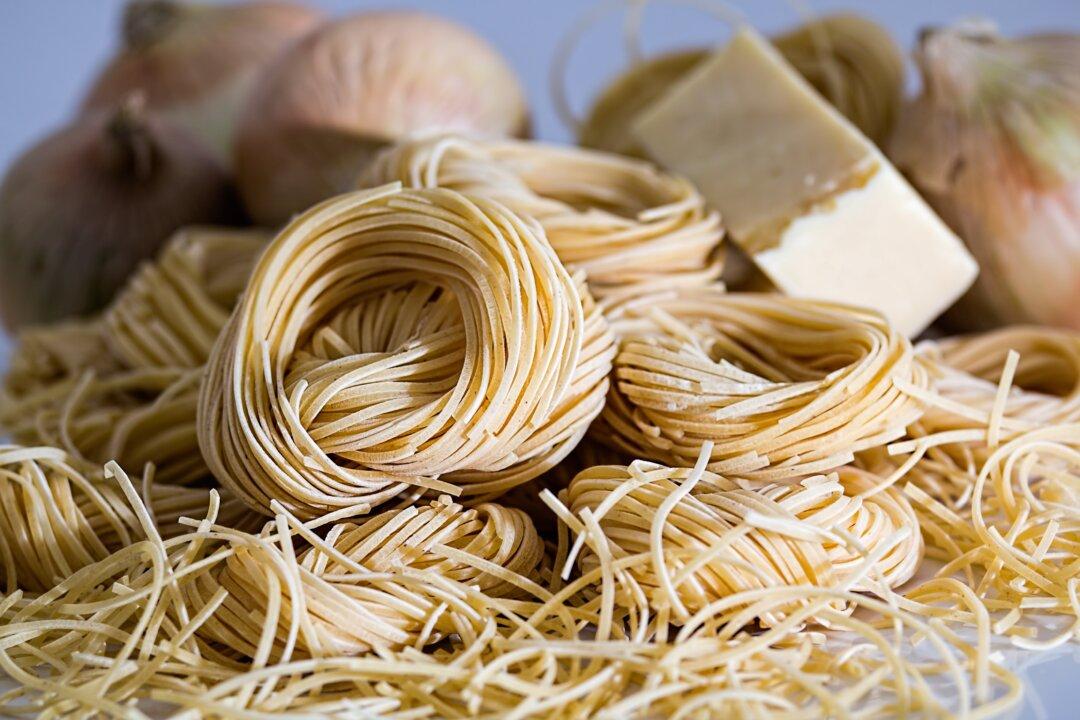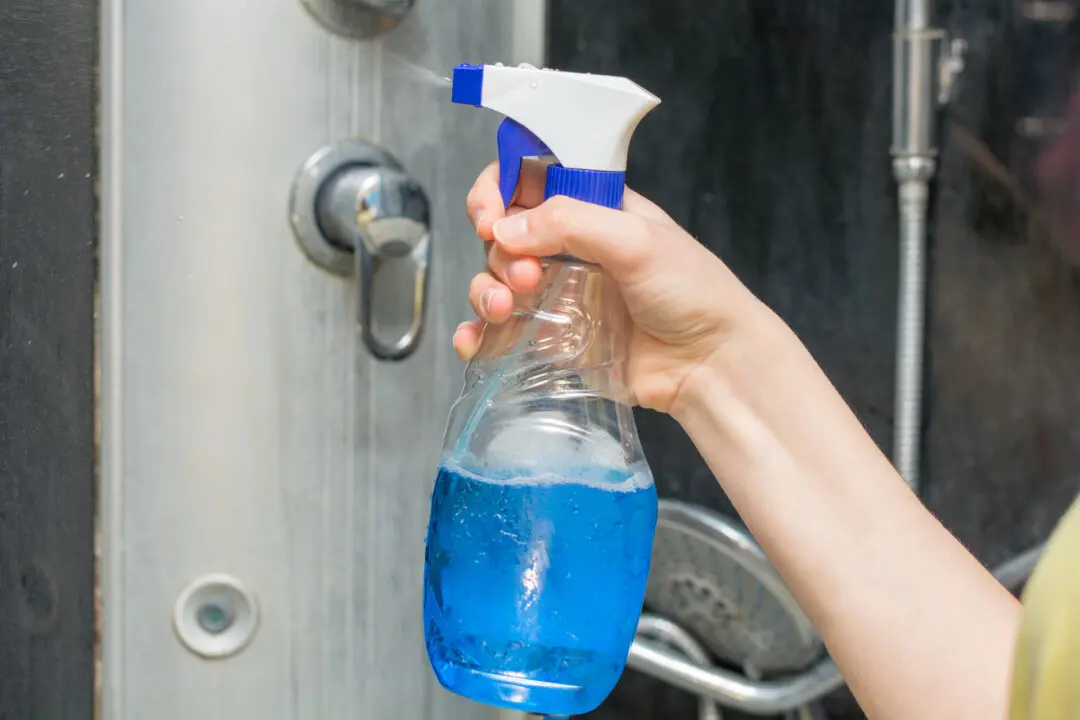I’m one lucky gal. My husband’s favorite menu item is pasta—any shape or recipe. He would opt for a pasta dish every meal of the day if that were an option. And that’s great because he is as tall and slim as the day we married. While he has no desire to actually prepare pasta, I love to cook. Add these things together and it’s pretty much a no-brainer that pasta is the foundation of frequent, tasty pasta meals in the Hunt home.
You can be sure that we load up on pasta when our favorite brand (Barilla) is selling 10 (16-oz.) packages for $10. But is that wise? What’s the shelf life of pasta? Where and how should we store pasta to make sure it will be delicious right to the last package, which if we’ve planned well should coincide with the next 10-for-10 sale?





